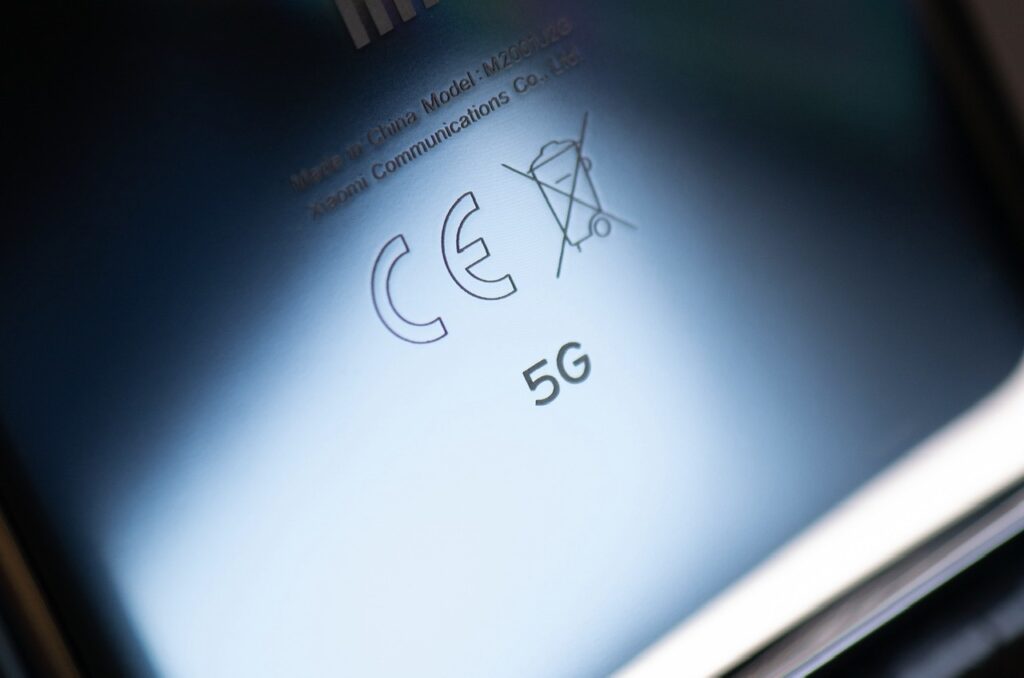Joining the dots on Huawei
September 15, 2020
The banning of Huawei from Australian 5G network infrastructure needs a rethink in view of the drastic retributions by China on the Australian economy.

Huawei has been China’s most successful high-tech manufacturer abroad, winning sales of advanced mobile network equipment (4G and 5G) across the world on its own merits. It has been exceptionally strong in its own research and development over the past decade. As a result it holds more than 50% of all patents for 5G equipment – a market in which US manufacturers have been quite weak. Huawei’s dominance in 5G is comparable to that of the US tech giants Apple and Google in their own IT markets. So to ban Huawei equipment, first in the US and subsequently in Australia, was a huge slap in the face to China. To us, it would be like banning Qantas – or Australian wine – on spurious grounds.
Former foreign minister Bob Carr sees the Turnbull government’s high profile banning of Huawei from Australia’s 5G infrastructure in August 2018 as being the starting trigger for China’s massive economic tit-for-tat retaliations on Australia ( ABC RN, 9/9/20).
At the time, the technical reason advanced by Australian Signals Directorate’s Director-General Mike Burgess (now DG of ASIO) for banning Huawei was the so-called core-edge argument: that you can’t separate the operational core (which might contain malware) from the radio access parts of the Huawei 5G network. This makes little sense to telecommunications engineers like me. Not only do the 5G technical standards create that separation, but in practice Huawei has delivered its 5G radio access network technology separately to the UK, Germany, Spain, Switzerland and other countries.
Responding to Mr Carr on RN (10/9), Malcolm Turnbull recalled that in his visit to Washington in 2018 he was briefed by the US Government and personally persuaded by the core-edge argument. But as with his redesign of the NBN, Mr Turnbull overestimates his own grasp of telecommunications engineering.
In fact, Huawei’s competitors Nokia and Ericsson have 5G joint venture companies in China, equally under potential control by the Chinese Communist Party, and Ericsson uses components made by its Chinese JV in its 5G network products for Australia. Yet neither Nokia nor Ericsson has been excluded from building Australia’s 5G networks. Prior to the Turnbull government’s ban, Vodafone Australia was set to use Huawei’s cheaper 5G network infrastructure as a competitive edge against Telstra, which uses Ericsson, and against Optus, which uses both Ericsson and Nokia 5G equipment.
On Huawei, we should take seriously the conclusions of the UK Parliament’s Select Committee on Science and Technology’s open investigation into the Australian and US claims. It concluded on 15 July 2019 that “there were no technological grounds for excluding Huawei entirely from the UK’s 5G or other telecommunications networks. … [H]owever the Government also needs to consider whether the use of Huawei’s technology would jeopardise this country’s ongoing co-operation with our major allies.”
In other words, the arguments for banning Huawei’s network equipment are essentially political, and not technical.
In our own case, we can understand the huge political pressure on Mr Turnbull to demonstrate his allegiance to the White House. And there may well have been a threat that our security agencies would be excluded from receiving some intelligence from the US under the Five Eyes agreement. But by banning Huawei, the Turnbull government allowed itself to become part of Trump’s ongoing trade war with China. The consequent damage to our exports of beef, barley, wine and educational services has been massive, and the war of retaliation has moved on to targeting journalists and politicians, ours and theirs.
It is not too late for Australia to concede it made an error in banning Huawei’s 5G network equipment, and use this to reverse the ongoing damage to our export economy. There is a technical solution: the implementation of a cybersecurity assurance centre to test active equipment from all manufacturers proposed for Australia’s public networks.
This was first proposed by RMIT’s Associate Professor Mark Gregory in June 2018, and subsequently endorsed by Huawei Australia. The government’s response, that “government has found no combination of technical security controls that sufficiently mitigate the risks”, remains unconvincing.
Such a low-key solution, allowing Huawei’s equipment to be considered on equal terms, could be used to de-escalate the spiral of economic retaliations by China.